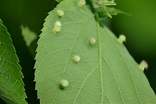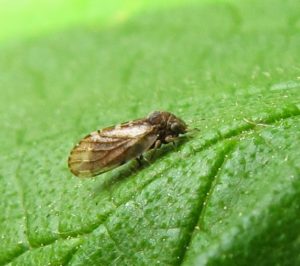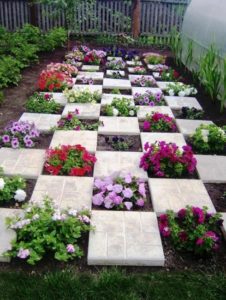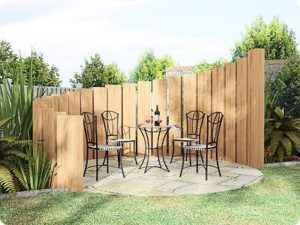Window Boxes
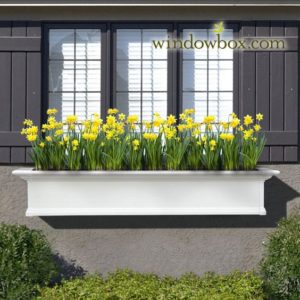
Putting up exterior window treatments such as shutters and window boxes can beautify your home while adding some practical benefits. On top of curb appeal (both through flowers and paint colors), awnings and closable shutters can help keep the house cool and shield windows from the elements.
Shutters
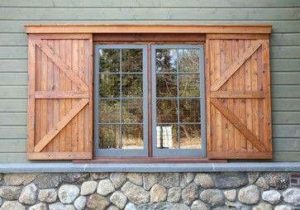
Shutters can be functional, especially if you live in a high storm area. But decorative shutters are a quick and inexpensive way to dress up your exterior windows. You can buy premade shutters in a variety of materials at your local home improvement store, or you can easily DIY them as well!
Awnings
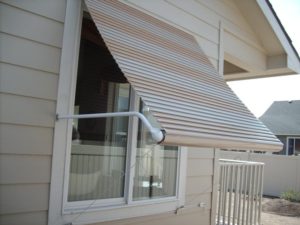
Awnings typically manage to work double-duty, adding curb appeal while also filtering the sunlight that comes into your home and protecting your windows from the elements. Traditional cloth awnings come in a variety of sizes and styles, but a wood awning is striking!
Molding and Trim
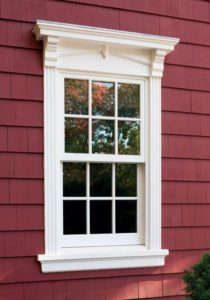
If you’re still using wood exterior trim boards on your houses, then you know the deal. They’re lightweight and inexpensive, but, like a tuna sandwich, wood does not last long when exposed to the blazing sun and water. A smart alternative is composite molding and trim. While they may look like wood, these products will last until the cows come home. Composite trim may be wood/plastic, cellular PVC, vinyl, or polyurethane. They differ in weight and appearance, but they all boast better weather-resistant qualities than most wood exterior trim products.

